20 space myths busted!
Don't be fooled, many of these misconceptions even sound plausible!
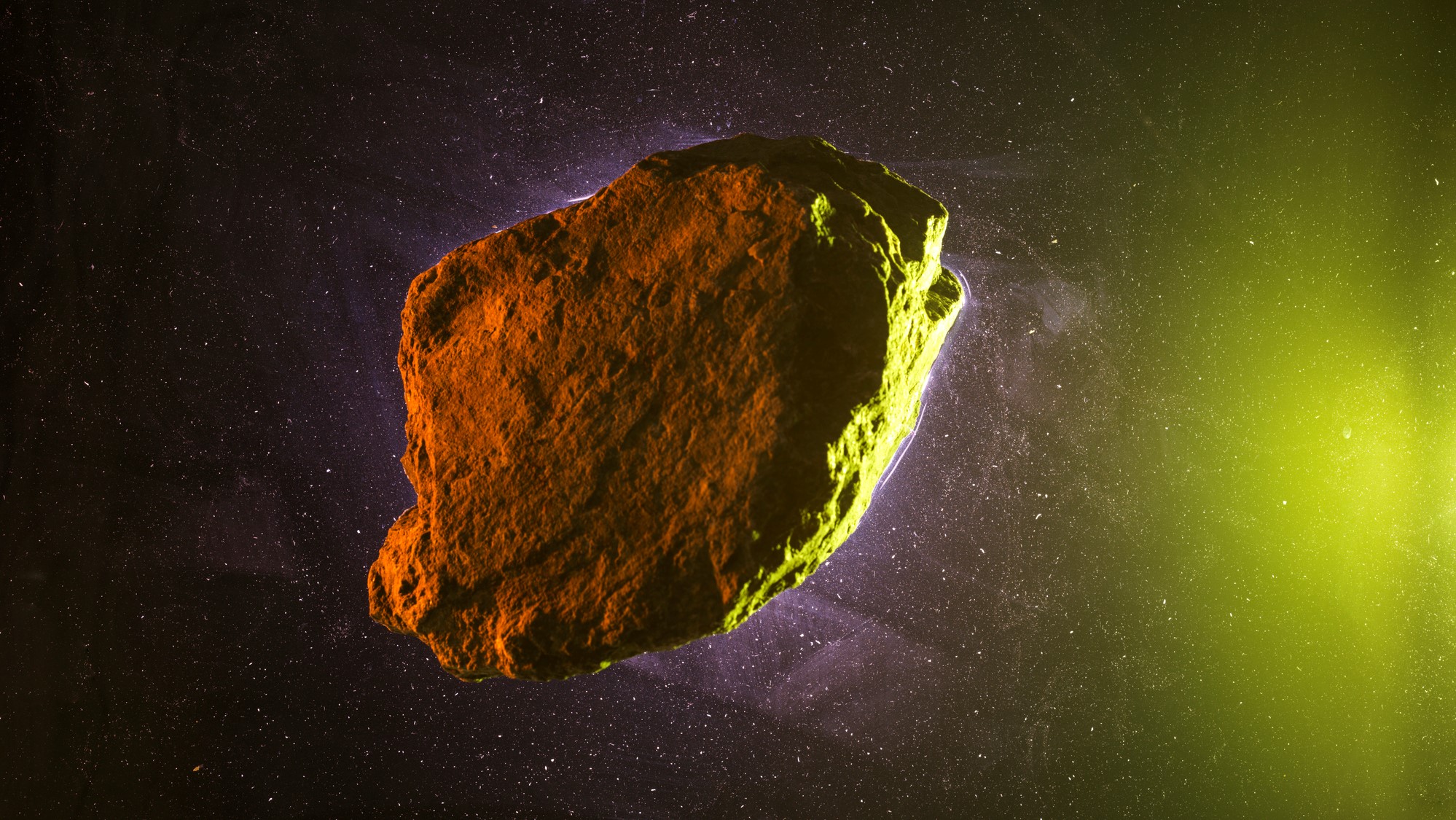
- 1. Black holes suck
- 2. Earth is closer to the sun in summer
- 3. The sun is burning
- 4. The asteroid belt is very hazardous
- 5. The sun is yellow
- 6. Stars in constellations are close together
- 7. The moon has a dark side
- 8. The Great Wall of China can be seen from space
- 9. Earth's shadow causes the lunar phases
- 10. Light isn't affected by gravity
- 11. Mercury is the hottest planet in the solar system
- 12. Saturn is the only ringed planet in the solar system
- 13. Re-entry spacecraft heat up because of air friction
- 14. Stars twinkle
- 15. Comet tails indicate which way they're heading
- 16. Meteorites are hot
- 17. You can hear sound in space
- 18. Space is an empty vacuum
- 19. There is no gravity in space
- 20. We would explode in space without a spacesuit
We understand more about the universe than ever before, but there are still a bunch of misconceptions that manage to fool many of us.
Some of these space myths even sound plausible; for instance, that the sun is a burning orb of yellow fire, or that Earth's temperature is higher during the summer months because it orbits closer at that time than during winter.

Laura Mears is a keen science writer and has previously written for our sister publications How It Works and All About Space magazine.
Think that Mercury is the hottest planet in the solar system because it is the closest to our sun? Think again.
Some of these space myths have been busted by relatively recent astronomical discoveries and studies. For instance, the more we learn about black holes, the more myths and theories about them are being debunked. Do black holes suck matter into their cores? Nope.
So sit back, and prepare to learn just how much you thought about the universe was totally wrong.
1. Black holes suck
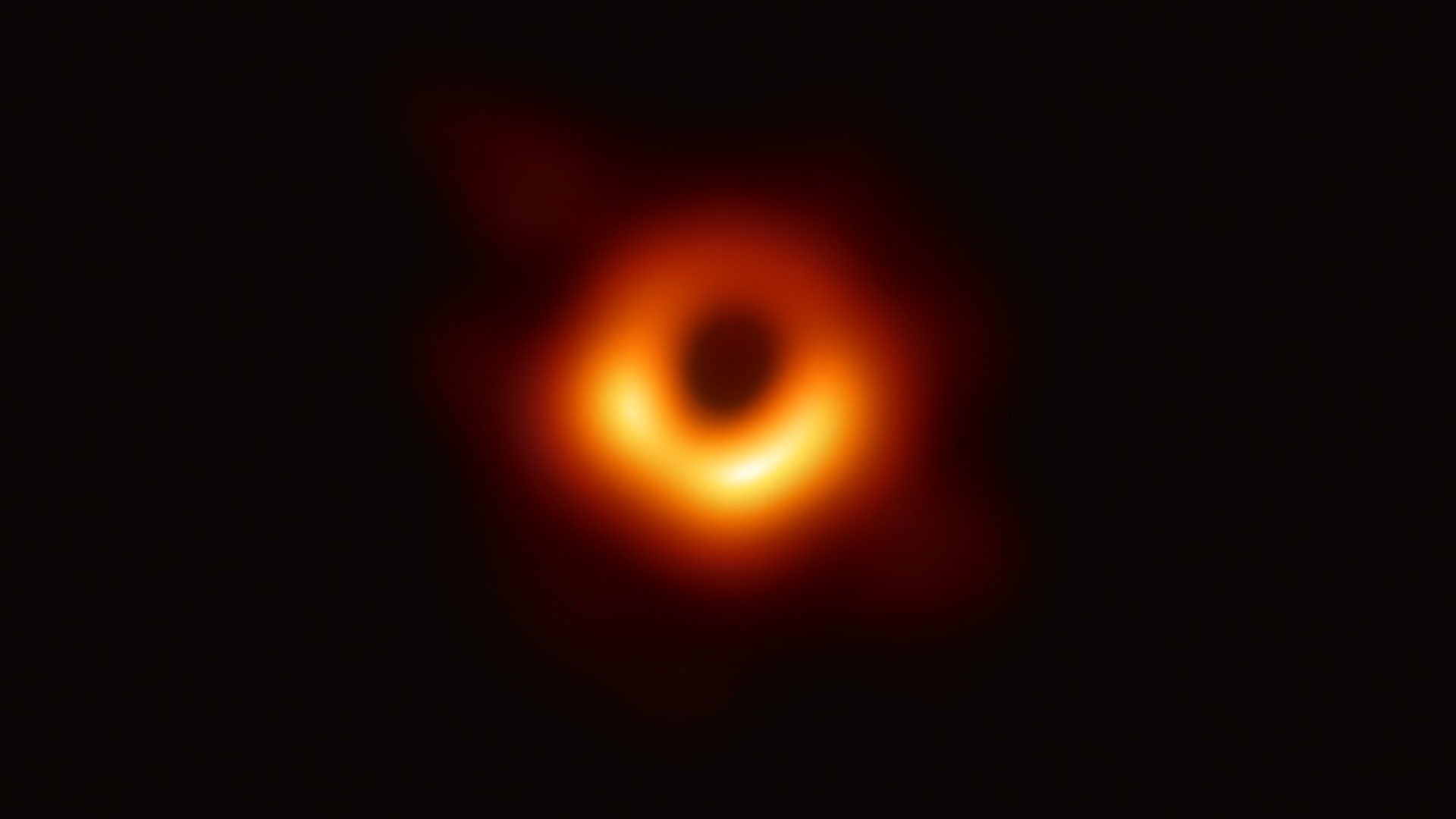
Black holes have a gravitational pull so intense that not even light can escape their clutches. They drain the life out of stars, ripping away layers of gas and shredding the component atoms. They are often portrayed as vast cosmic vacuum cleaners, capable of clearing huge areas of space. However, the black holes of science fact and science fiction are not entirely alike.
In reality, black holes behave almost exactly like any other massive object in the universe. The speed required to escape the gravitational pull of an object, whether it's a planet or a black hole, is known as the escape velocity. For an object like the sun, with a modest gravitational pull, an object only needs to travel at a speed of 384 miles (618 kilometers) per second) to escape. If this speed cannot be achieved, the object will fall back down toward the solar surface.
At the event horizon of a black hole, even something traveling at the speed of light, almost 186,411 miles (300,000 kilometers) per second would not be fast enough to escape and the only option would be to continue inward.
The further away from an object you go, the lower the escape velocity and far from the event horizon, black holes behave just like stars. Objects passing far enough away and at a high enough speed are in no danger of being pulled into the center and if the sun were swapped with a black hole of the same mass today, Earth would continue to orbit as normal.
2. Earth is closer to the sun in summer

Most people know that the Earth doesn't travel around the sun in a perfect circle, so it is easy to see why some make the leap and assume that the seasons are caused by the distance to the sun. But the idea doesn't hold up when you think that the northern and southern hemispheres experience summer at different times of the year.
Earth's orbit isn't as elliptical as people imagine and over the course of a year, the distance between Earth and the sun varies by just 3.1 million miles (5 million kilometers) — that's only about three percent. What's more, during winter in the northern hemisphere, we are actually closer to the sun than we are in the summer.
The real reason for the seasons is the axial tilt of the Earth. As the year progresses, light hits the northern and southern hemispheres at proportionally different angles and for different amounts of time every day.
During the winter, the days are short and the light strikes the atmosphere at a low angle, glancing through the gases as it travels toward the surface and spreading out as it reaches the ground, distributing the energy. During the summer the days are much longer and the sunlight hits the Earth at a steep angle, taking a more direct path toward the floor and concentrating the energy into a smaller area.
3. The sun is burning
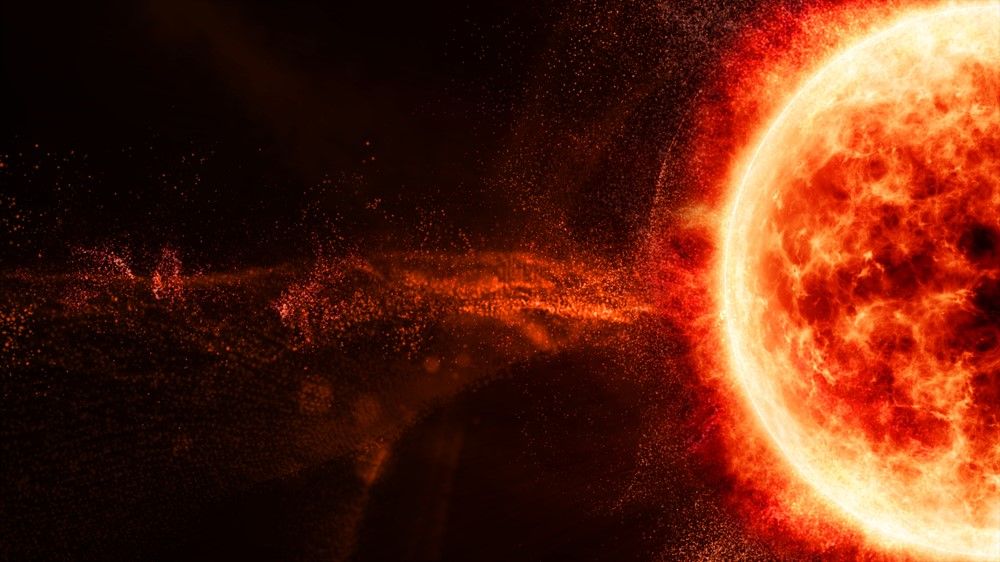
Fire needs three things to survive: fuel, heat and oxygen. The sun has fuel as it is composed mainly of hydrogen and helium gas. Helium is an inert element and does not burn like some of its volatile neighbors on the periodic table, but hydrogen is highly flammable. The sun also generates an enormous amount of heat energy and its surface is about 9,932 degrees Fahrenheit (5,500 degrees Celsius). However, there is no oxygen in space, so the fire triangle is incomplete for the sun.
In reality, the sun isn't actually a ball of fire and instead, the heat and light that it produces are the results of thermonuclear fusion. Inside the high-pressure, high-heat environment of our star, high-speed hydrogen atoms come within one femtometer of each other (that's 0.000000000000001 meters). A collision at this distance allows the two nuclei to fuse together, forming helium and releasing huge quantities of energy as gamma-ray radiation. Every second inside the sun, 700 million tons of hydrogen smash together to form 650,000 tons of helium, which triggers more fusion in a chain reaction and keeps this natural nuclear reactor going.
4. The asteroid belt is very hazardous
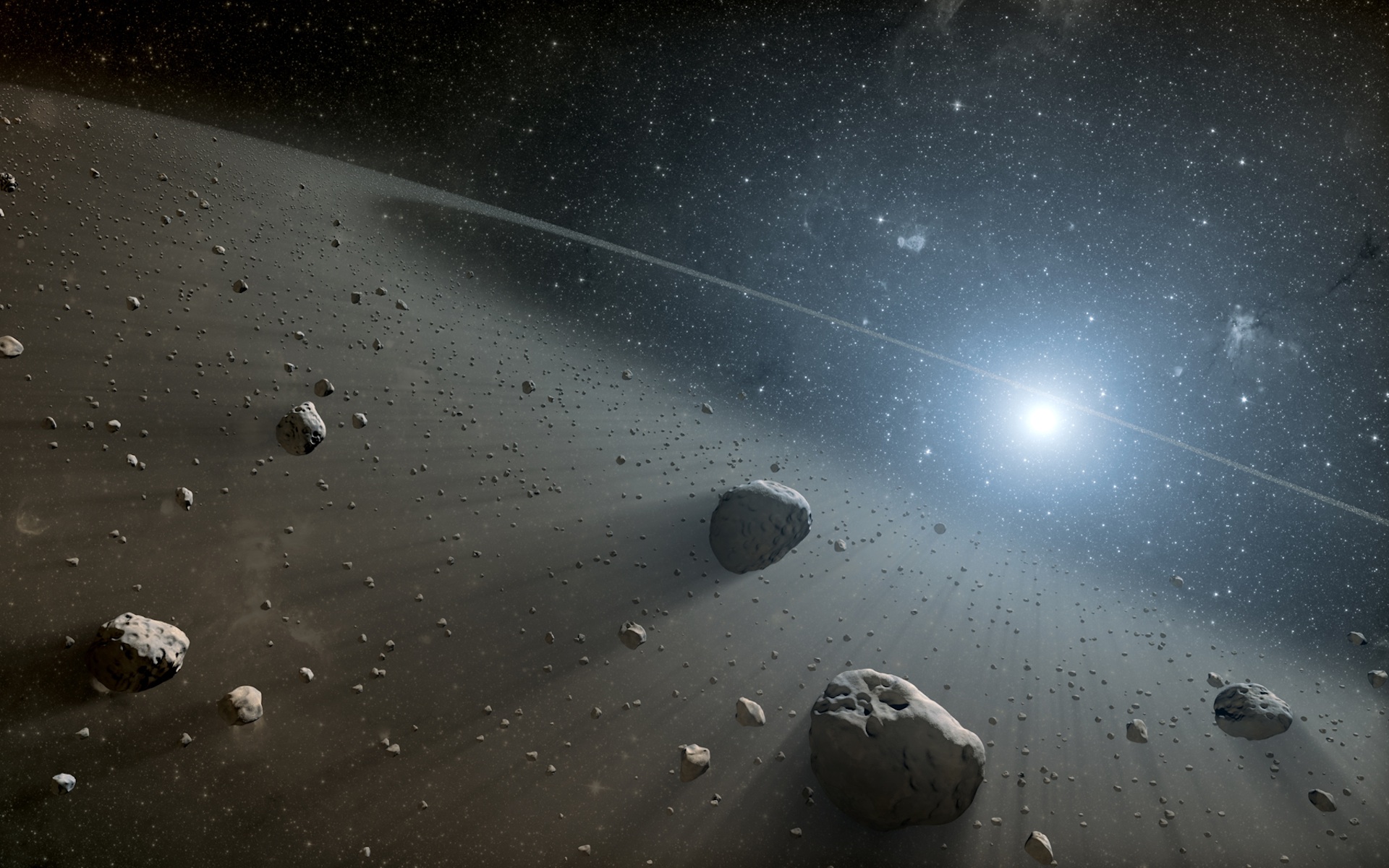
There is no doubt that there is a lot of rock in the area of our solar system known as the asteroid belt. Sitting between Mars and Jupiter, this band of fragments contains over 3,000 minor planets and more than 750,000 separate asteroids measuring more than 3,280 feet (1,000 meters) across. The larger asteroids sometimes collide, spraying smaller fragments into the belt and, according to the myth, endangering any spacecraft that dares to weave its way through.
This myth has been fuelled by science fiction. When Han Solo takes the Millennium Falcon into an asteroid field in Star Wars: The Empire Strikes Back, C-3PO warns, "Sir, the possibility of successfully navigating an asteroid field is approximately 3,720 to one". If the Hoth asteroid field was anything like our own, he couldn't have been more wrong.
In the 1970s, NASA's Pioneer 10 became the first spacecraft to navigate its way through the asteroid belt. Only a layer of aluminum honeycomb protected Pioneer, but despite the apparent danger, it made it through with no trouble. Not because of careful evasion, but because the distance between asteroids is huge.
The belt spans an area of space approximately 140 million miles (225 million km) across. On average, there is a distance of around 600,000 miles (970,000 kilometers) between the asteroids, which is more than twice the distance from the Earth to the moon. When compared to the crowded space imagined in the movies, the asteroid belt is actually relatively empty.
A much bigger danger in the asteroid belt is the dust-sized particles that form when asteroids collide. These tiny grains could definitely cause damage to the spacecraft, but evading rocks the size of a grain of sand doesn't make for very good television.
5. The sun is yellow
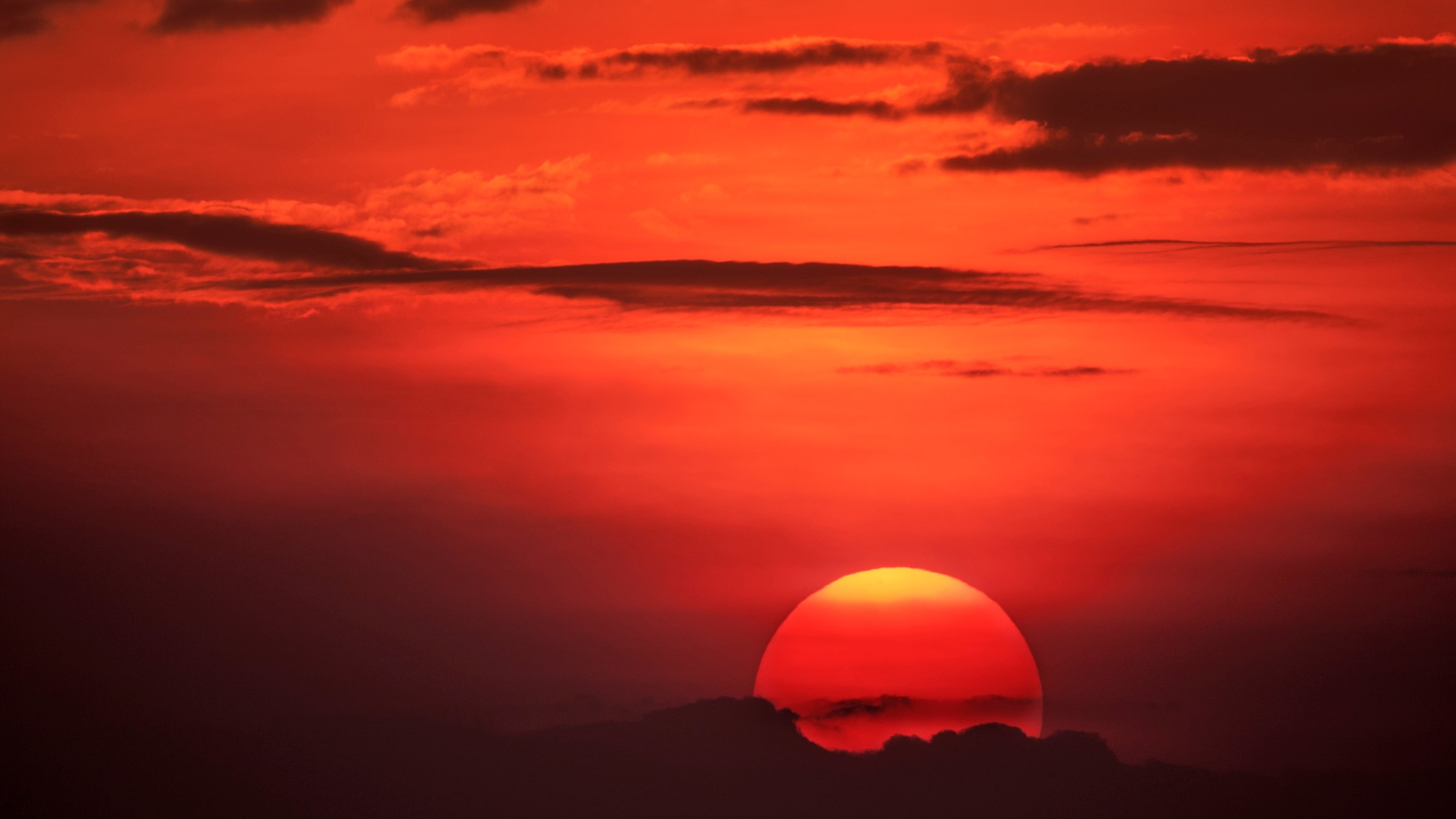
As every crayon-wielding toddler knows, the sky is blue and the sun is yellow. Even though you should never look directly at the sun, photographs reveal a yellowish hue and when you look up on a sunny day, a distinctive orange tinge appears as the sun dips over the horizon at night. However, this yellowness is just an illusion.
The sun produces all wavelengths of visible light and therefore its true color is white, but as sunlight travels through the atmosphere it changes. The wavelengths of light at the blue end of the spectrum are much shorter than those at the red, so collisions with particles in the air are more likely. During the day, blue light scatters high in the atmosphere, giving the sky its blue color and making the sun appear yellow.
In the morning and evening, the light that hits the ground has farther to travel and this effect becomes more extreme. Most of the shorter blue wavelengths scatter before they hit the ground, giving the sunrise and sunset its characteristic red-orange hue.
Related: Why is the sky blue?
6. Stars in constellations are close together
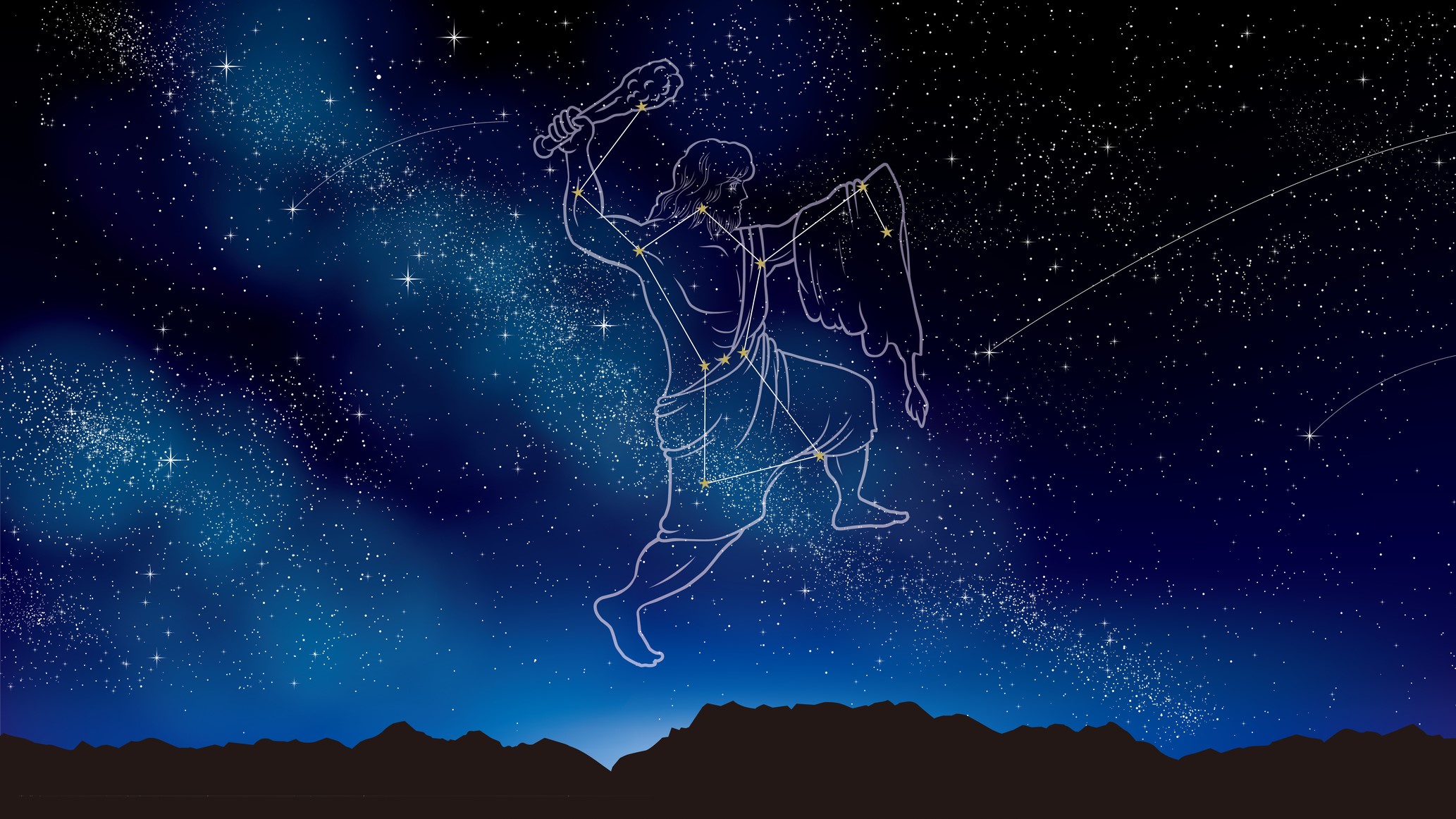
The stars in the night sky are arranged into 88 constellations that represent, among other things, 29 inanimate objects, 19 land animals, nine birds and a dragon. These recognizable groupings have guided farmers and travelers for thousands of years, but in terms of proximity, they are not really groups of stars at all.
Despite appearing to be close together, the stars that form the constellations are often separated by tens or hundreds of light years, extending backward into space. From our vantage point on the surface of the Earth, Orion might look like a warrior with a shield, but from elsewhere in the galaxy, the stars would look distant and unconnected. They vary in age, size, type and brightness and it is by chance that we see them in groups.
Constellations might not be scientifically meaningful groups of stars, but they do help to break up the sky into recognizable and manageable chunks. By making associations between patterns in the stars and familiar animals or objects, the names and positions of individual stars suddenly become much easier for astronomers to remember.
This is one of the few occasions when myths can be a good thing because the mythology and back-story surrounding each of the constellations help to fix them in people's minds.
7. The moon has a dark side
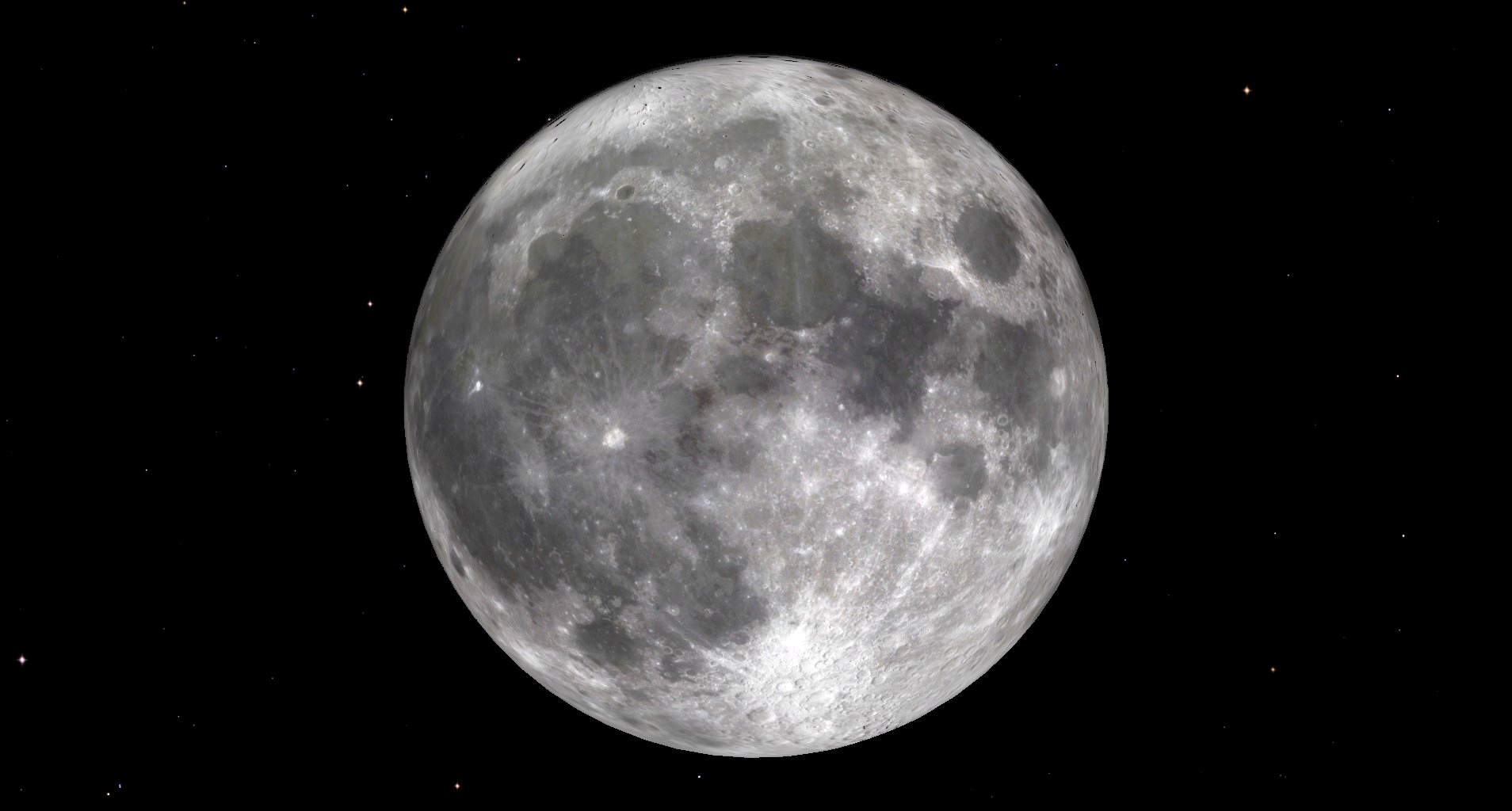
The dark side of the moon has inspired studio albums, novels, television series, films and video games, but the moon is not quite what it seems. We only see one side of the moon from Earth, but just because we can't see the other side, it doesn't mean that it is dark.
Looking at the phases of the moon easily disproves this myth. During a full moon, the side that we can see is fully illuminated and the other side really is in complete darkness, but at any other time of the month, we can only see part of the moon. The rest of the light is falling on the far side, or the so-called dark side.
For photographic evidence, you only have to look at the first-ever images of the far side of the moon captured in 1959 by the USSR's Luna 3 and how it was perfectly lit up by the sun. Not only do these images dispel the myth that the dark side of the moon receives no light, but they also show that the rock is actually lighter in color than the side that we can see, making our side the true dark side.
8. The Great Wall of China can be seen from space

The Great Wall of China is the longest human-made structure in the world and spans an incredible 13,171 miles (21,196 km). The idea that it might be visible from outer space is a popular one and has been around since the 1930s, but unfortunately, it is only partly true.
The Great Wall might be very long but of course, it's not remotely as wide at just over 20 feet (six meters) at its base. Not only that, it is constructed from materials that blend well with the surrounding terrain. In low-Earth orbit, which starts at 99 miles (160 kilometers) altitude, the wall is easy to pick out on radar images but is invisible to the naked eye. During his time on the International Space Station in March 2013, Commander Chris Hadfield tweeted "I did not see the Great Wall of China from space and neither did the Chinese astronauts. With a big enough camera lens and clear air, maybe."
Related: What human-made structures can be seen from space?
9. Earth's shadow causes the lunar phases
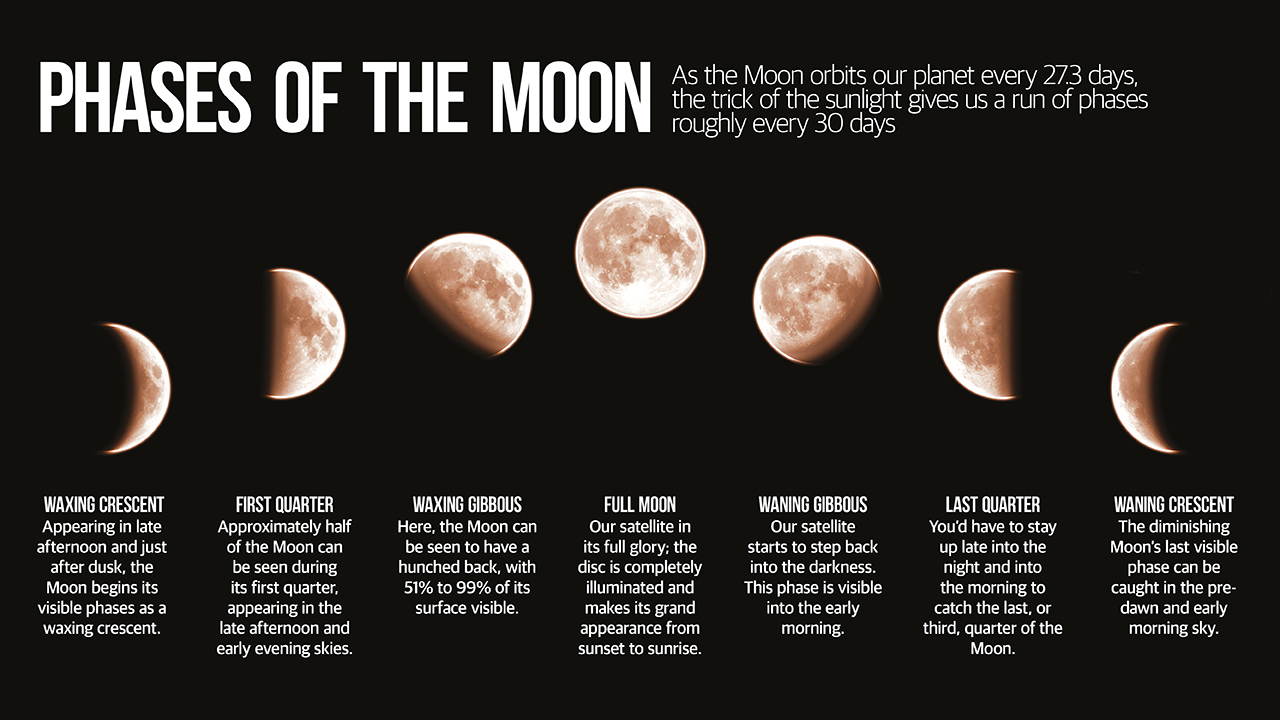
It seems plausible that the lunar phases are the result of Earth's shadow, but the moon is often visible alongside the sun during the day, so what's really causing the lunar phases?
They are actually the result of the sun rising and setting over the visible side of the moon as it orbits Earth. During a full moon, our satellite is on the opposite side of Earth to the sun, so we see the sunlight illuminating its entire visible surface, while during a new moon, the moon comes between Earth and the sun, so the light falls on the side that we cannot see. In the intervening days, the amount of light that we can see on the lunar surface gradually increases and decreases with the orbit of the moon.
A lunar eclipse is the only time that Earth casts a shadow on the moon and these rare events only occur if Earth comes exactly between the sun and the moon, temporarily blocking out the light.
10. Light isn't affected by gravity
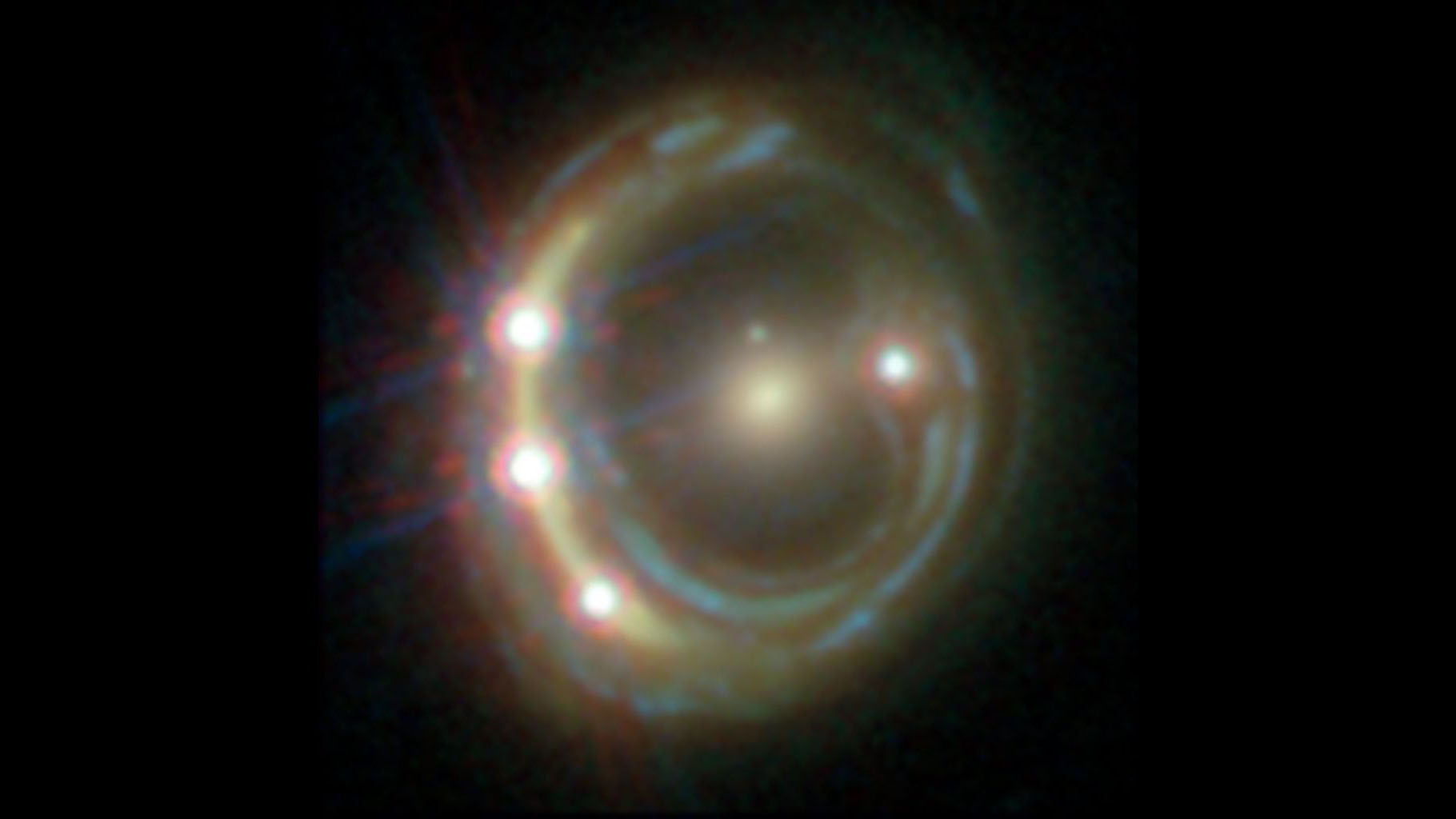
Gravity is an attractive force between two objects with mass and light and is transmitted by photons, which have no mass, so light can't possibly be affected by gravity. But, if this is true, how is it that black holes can prevent light from escaping?
The laws of gravity that we know were the work of Isaac Newton, who said that gravity is a pulling force that works when both objects involved have mass. However, Albert Einstein overhauled this theory by suggesting it was the result of the shape of the fabric of the universe.
Imagine placing a heavy ball on a sheet of rubber. The rubber stretches, creating a dent. If you try to roll a smaller ball from one side of the sheet to the other, instead of traveling straight, it will have to curve. This is what the stars and planets do to the dimensions of space-time.
These curves don't just affect objects with mass, but light travels so fast that the dips in space-time have little effect on it. But black holes create space-time curves that bend toward infinity, so not even light can climb out the other side.
11. Mercury is the hottest planet in the solar system
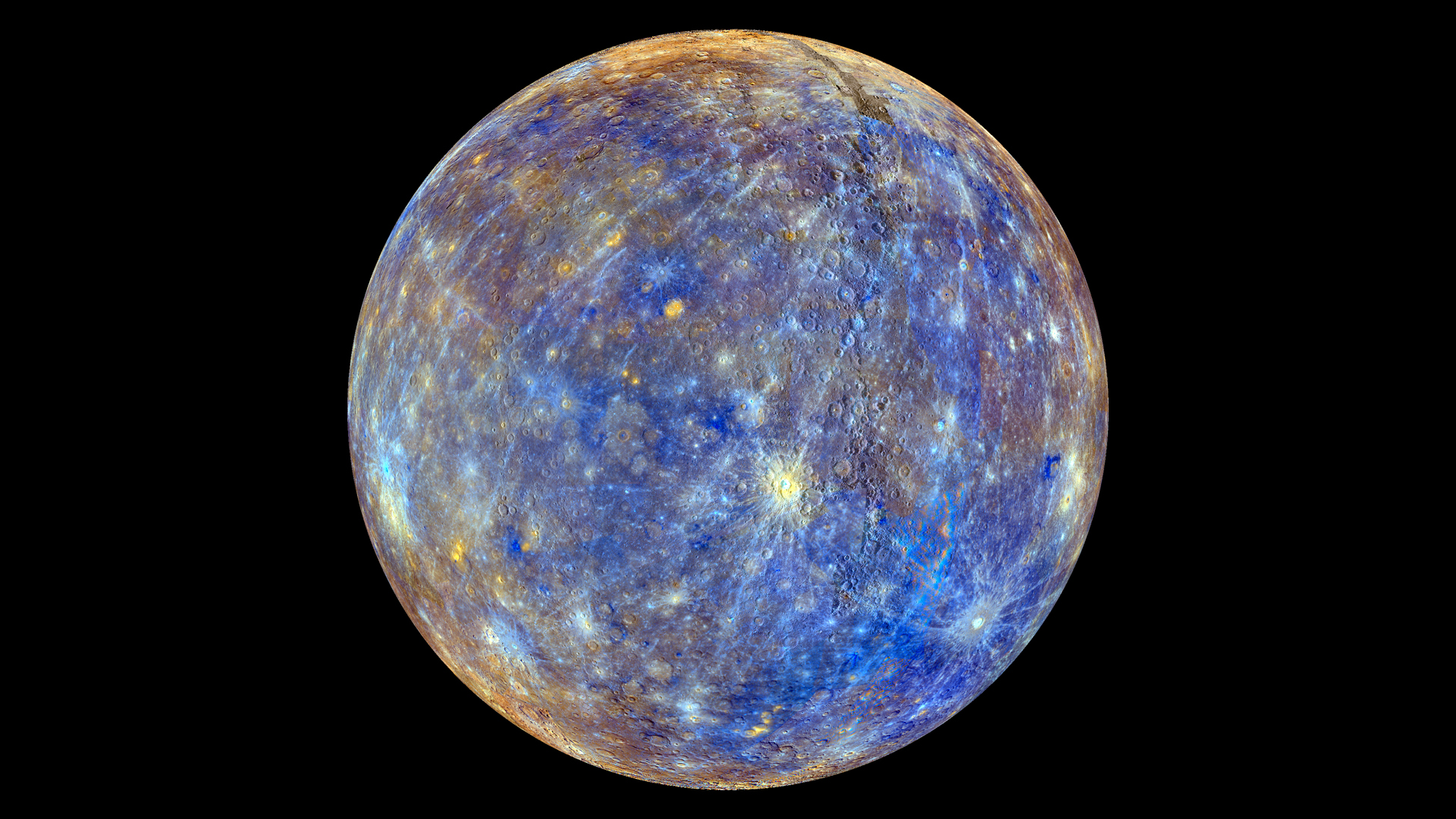
The sun belts out an incredible 3.8x1026 Joules of energy every second and Mercury is right in the firing line, orbiting at an average distance of just 36 million miles (58 million km), almost three times closer than Earth's solar orbit.
During the day temperatures soar to around 800 degrees Fahrenheit (430 degrees Celsius), so surely it must be the hottest planet in the solar system. Not quite. Venus, which orbits nearly twice as far from the sun has an average temperature of 864 degrees Fahrenheit (462 degrees Celsius) — hot enough to melt lead.
The difference is down to the atmosphere. On Venus, the atmosphere is thick and composed mainly of carbon dioxide, trapping the heat in an insulating bubble, while Mercury has a very thin atmosphere. When it turns from the sun at night the temperature plummets to -292 degrees Fahrenheit (-180 degrees Celsius).
12. Saturn is the only ringed planet in the solar system
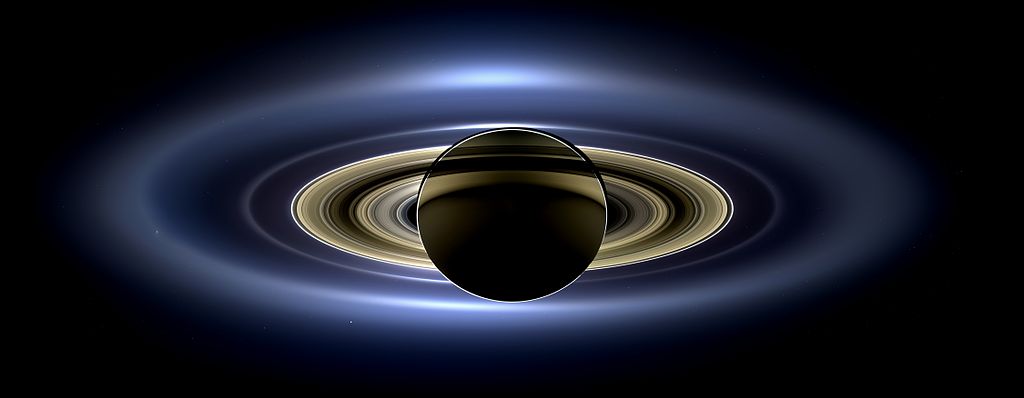
When most people think of planets with rings, there is only one that springs to mind — Saturn. The gas giant is well known for its seven main rings and there's no denying that they are incredibly photogenic, but they aren't the only ones in the solar system. Jupiter, Uranus and Neptune all boast their own set of rings, although nobody could be certain they existed until the Voyager flybys in the 1970s and 1980s.
The rings are much thinner and less visible from Earth, but astronomers think that this might not always have been the case. Saturn's own rings may have been around since the formation of the planet itself, and it is thought that these incredible structures have changed over time. Although Saturn has the most stunning rings at the moment, in the next 100 million years (pretty soon, by cosmological standards), Neptune's moon Triton may even be torn apart by tidal forces, creating a dramatic new ring system of its own.
13. Re-entry spacecraft heat up because of air friction
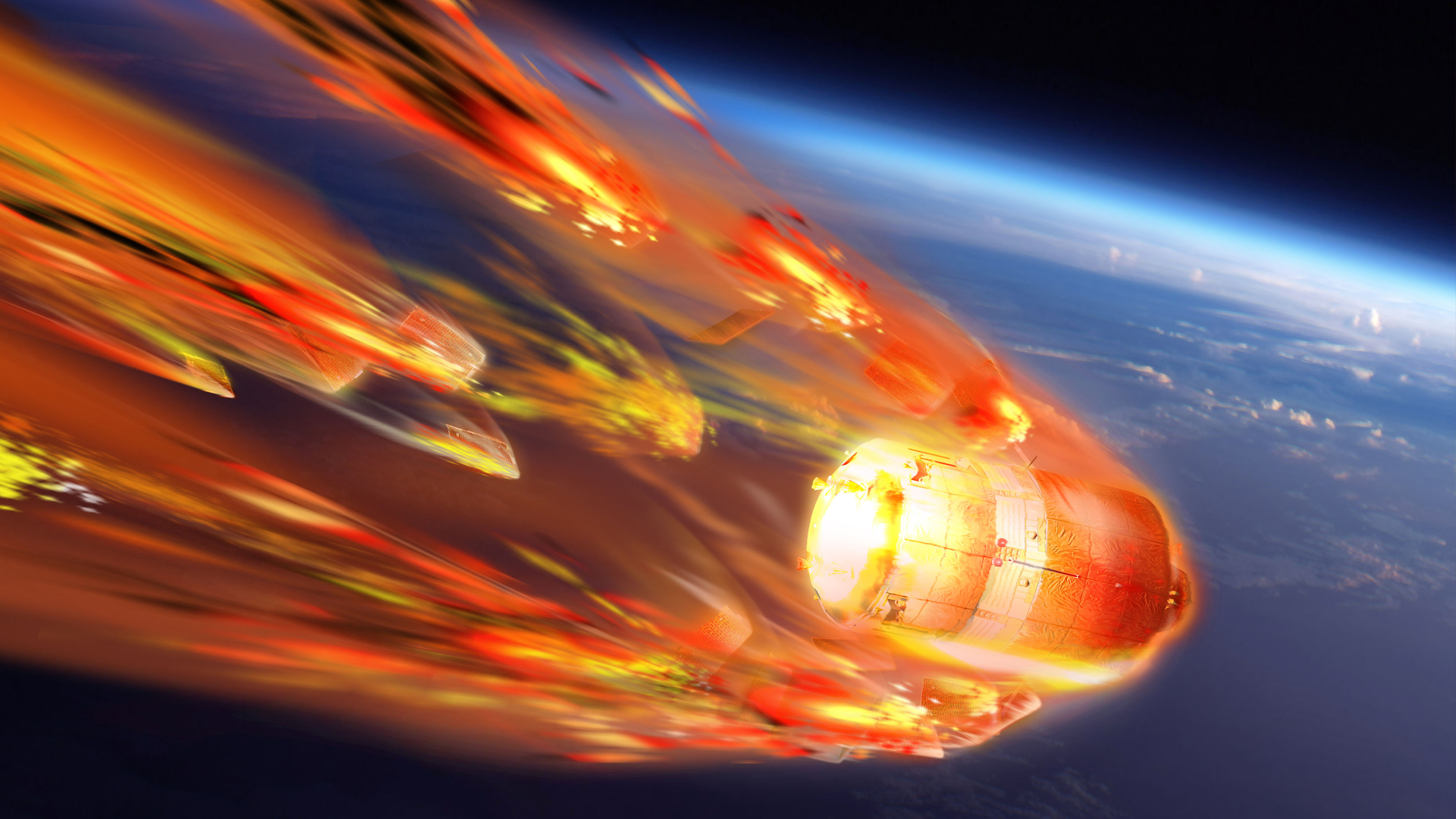
When returning spacecraft re-enter the atmosphere, they are traveling faster than the speed of sound and the temperature rises rapidly from around -250 degrees Fahrenheit (-155 degrees Celsius) to nearly 3,000 degrees Fahrenheit (1,650 degrees Celsius). Could friction be responsible for all that heat?
Friction in spacecraft is a major problem for engineers, particularly when designing streamlined supersonic rockets. The more air that is in contact with the surface, the more frictional heating occurs. However, vehicles designed for descent are not streamlined and friction is not the main reason for the incredible molten temperatures during re-entry.
As a wide, blunt spacecraft plummets through the atmosphere, molecules of gas cannot move out of the way fast enough and they start to stack up, forming a cushion beneath the craft. This keeps most of the gas away from the surface, preventing heat from transferring to the vehicle.
Frictional heating contributes to the temperature rise, but the pressure achieves the real heating. The closer the compressed molecules come to one another, the higher the temperature climbs. Eventually, the pressure becomes so intense that the molecules start to tear apart, creating a layer of charged plasma and producing a searing plasma corona.
14. Stars twinkle

A famous nursery rhyme is responsible for this myth, but although stars appear to twinkle in the sky, the flickering is just an illusion. It might seem plausible that a star would twinkle as it shines but at this distance, the light that we see from them is actually very steady.
As light travels toward Earth, it passes through the gas molecules that make up our atmosphere. These are not static and they swirl as turbulence stirs the atmosphere. This deflects some of the light, making it look like the light is shifting and twinkling. The more atmosphere the light has to pass through, the more likely these shifts are to occur, making stars near the horizon appear to twinkle more.
15. Comet tails indicate which way they're heading
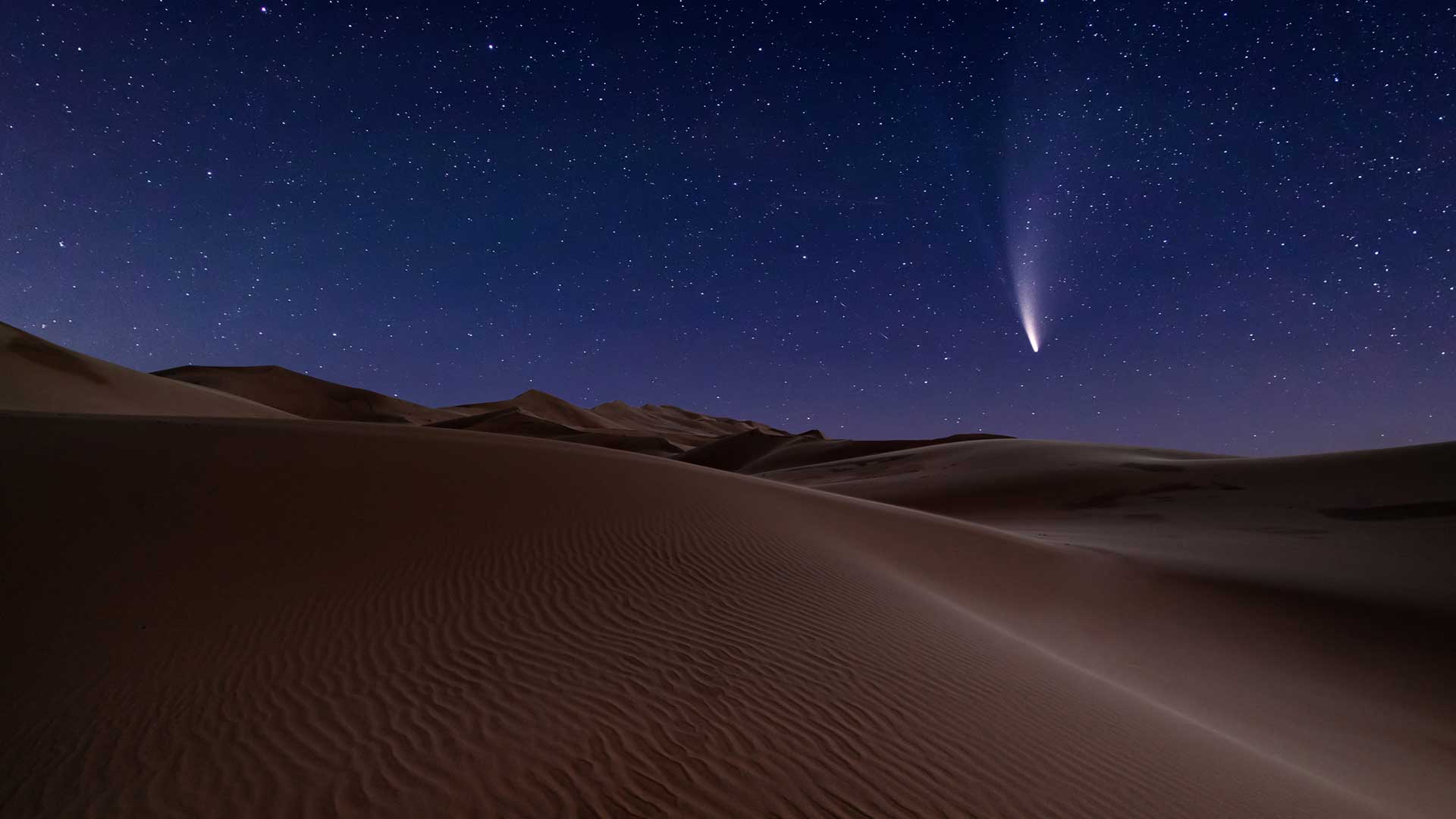
Comets are essentially lumps of dirty ice. As they approach the sun they heat up, releasing gas and dust. On Earth, we would expect the resulting tail to point backward, like the streak of a falling meteor, but in space, there is no air. Comets are shaped and blown by radiation pressure and solar winds, so they always point away from the sun.
High-energy ultraviolet light crashes into the evaporating gas of the comet, stripping away electrons and forming charged ions. These get caught up in magnetic field lines and shoot directly away from the sun in a blue ion tail.
At the same time, dust is released into space, forming a tail of particles as fine as smoke. Photons of light from the sun create an intense bubble of pressure, which pushes against the dust, guiding it into a wide streak that curves around the path of the comet's speedy orbit.
16. Meteorites are hot
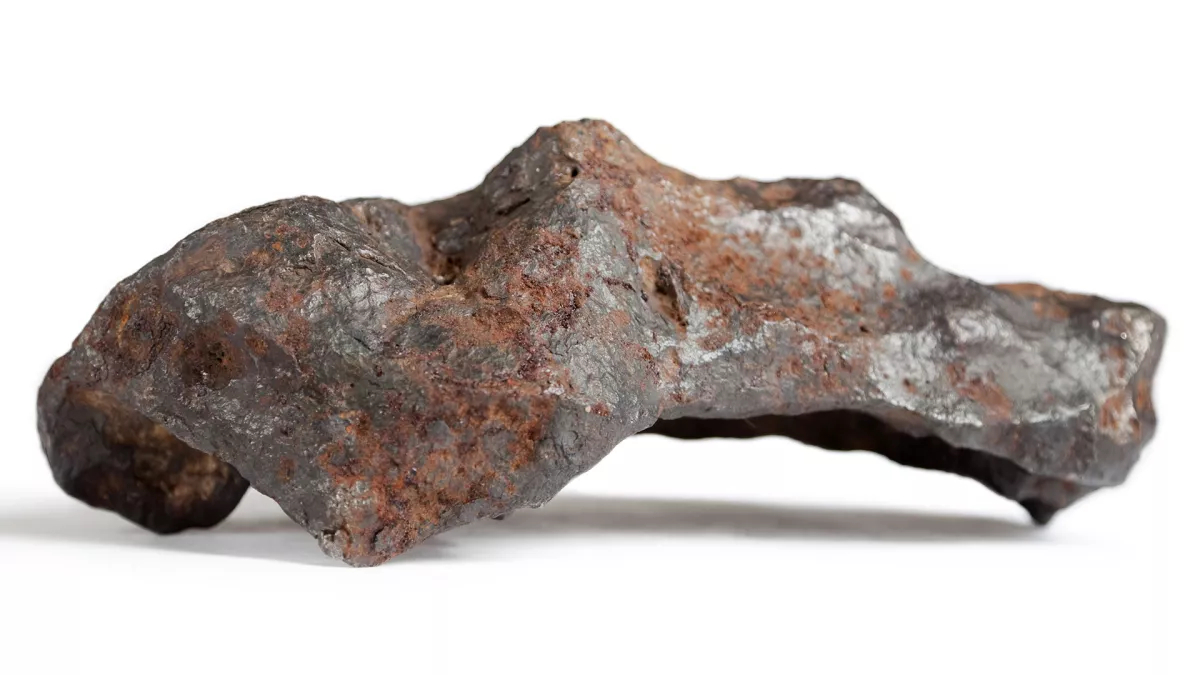
As meteorites pass through the atmosphere they heat up so rapidly that the surface rock begins to melt. However, it is a bit like searing a steak: although the outside becomes intensely hot, the inside remains cool.
The melted rock forms a crust just 0.04 in (1 millimeter) thick and by the time the meteorite hits the Earth, it is likely to be only slightly warm to the human touch.
17. You can hear sound in space
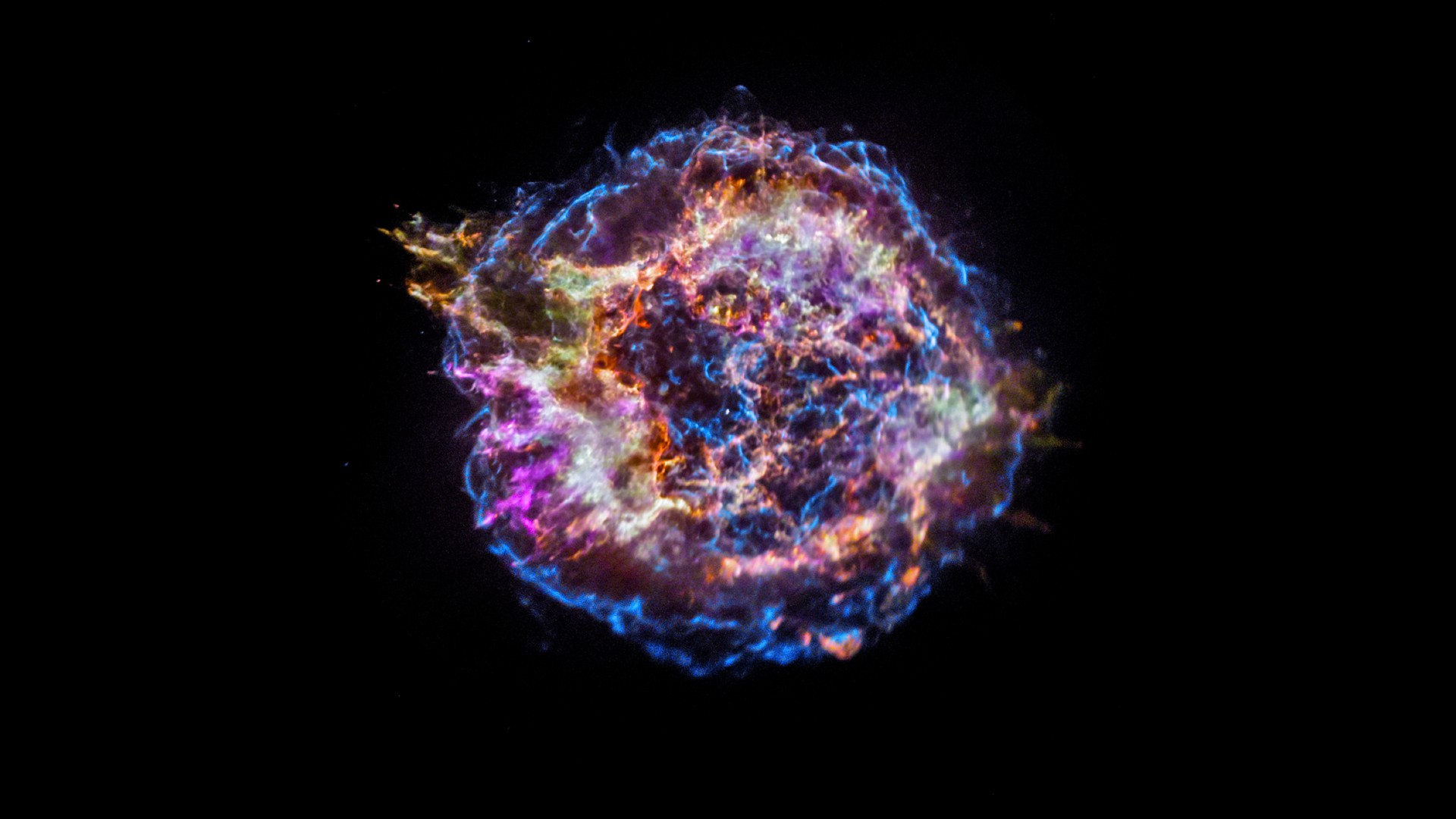
The sound of an exploding vehicle on Earth is transmitted by a pressure wave, which travels through fluids like air or water when vibrating particles bump into one another and pass some of their energy on.
In space, the particles are so far apart that sound waves cannot propagate, so although the source of an explosion would vibrate, the movements have nowhere to go. Outside of Earth, only on planets with atmospheres would we hear sound.
18. Space is an empty vacuum
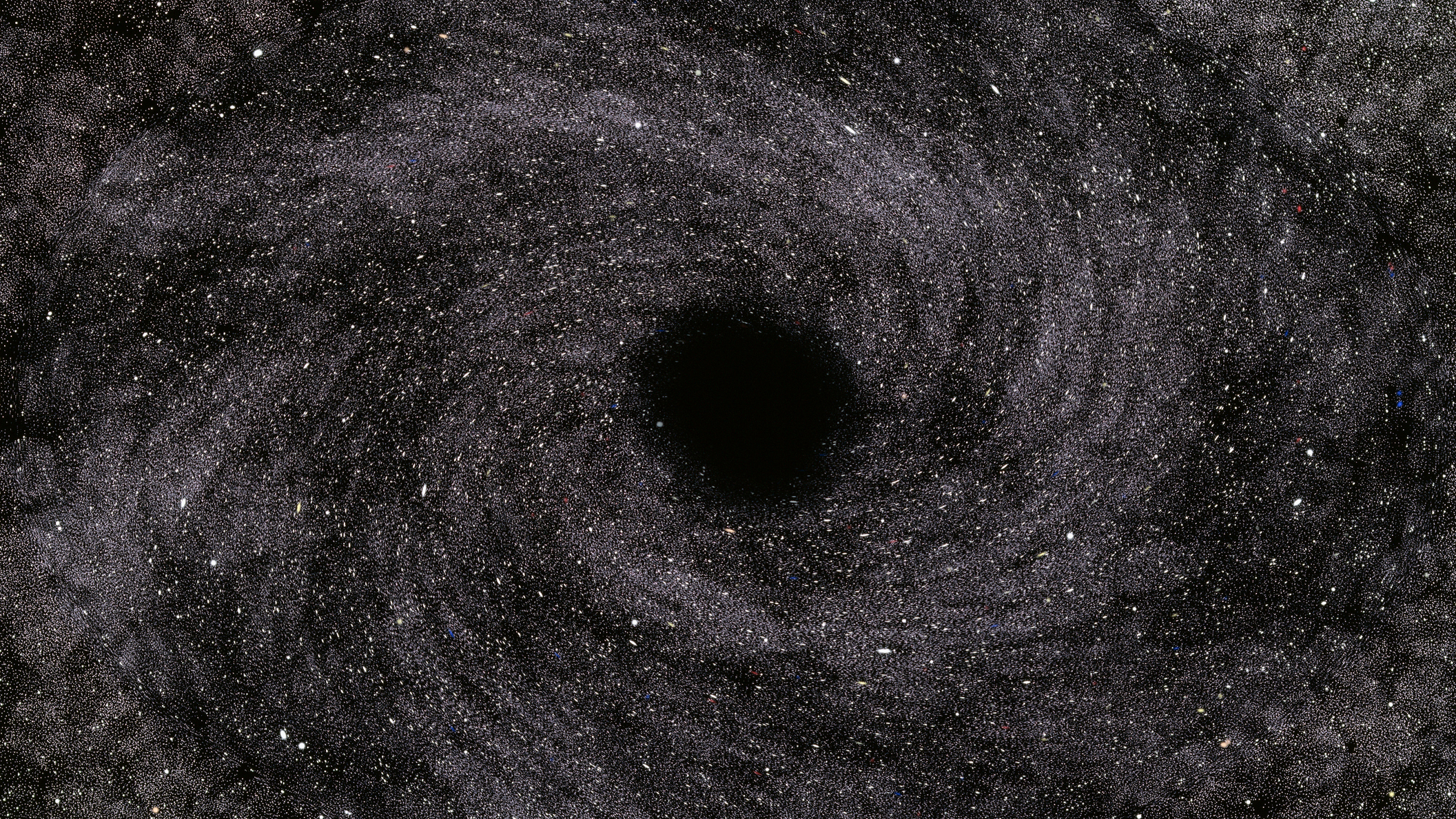
Outer space is the closest place to a true vacuum in the universe and is far emptier of any particles than anything we can produce on Earth. However, there is so much hydrogen in the universe that a few atoms can still be found in every cubic meter of space.
To all intents and purposes, it is a vacuum, especially compared to the atom-rich atmosphere of Earth, but it's not perfect and nowhere in space can be guaranteed to be a true vacuum in the strictest sense.
19. There is no gravity in space
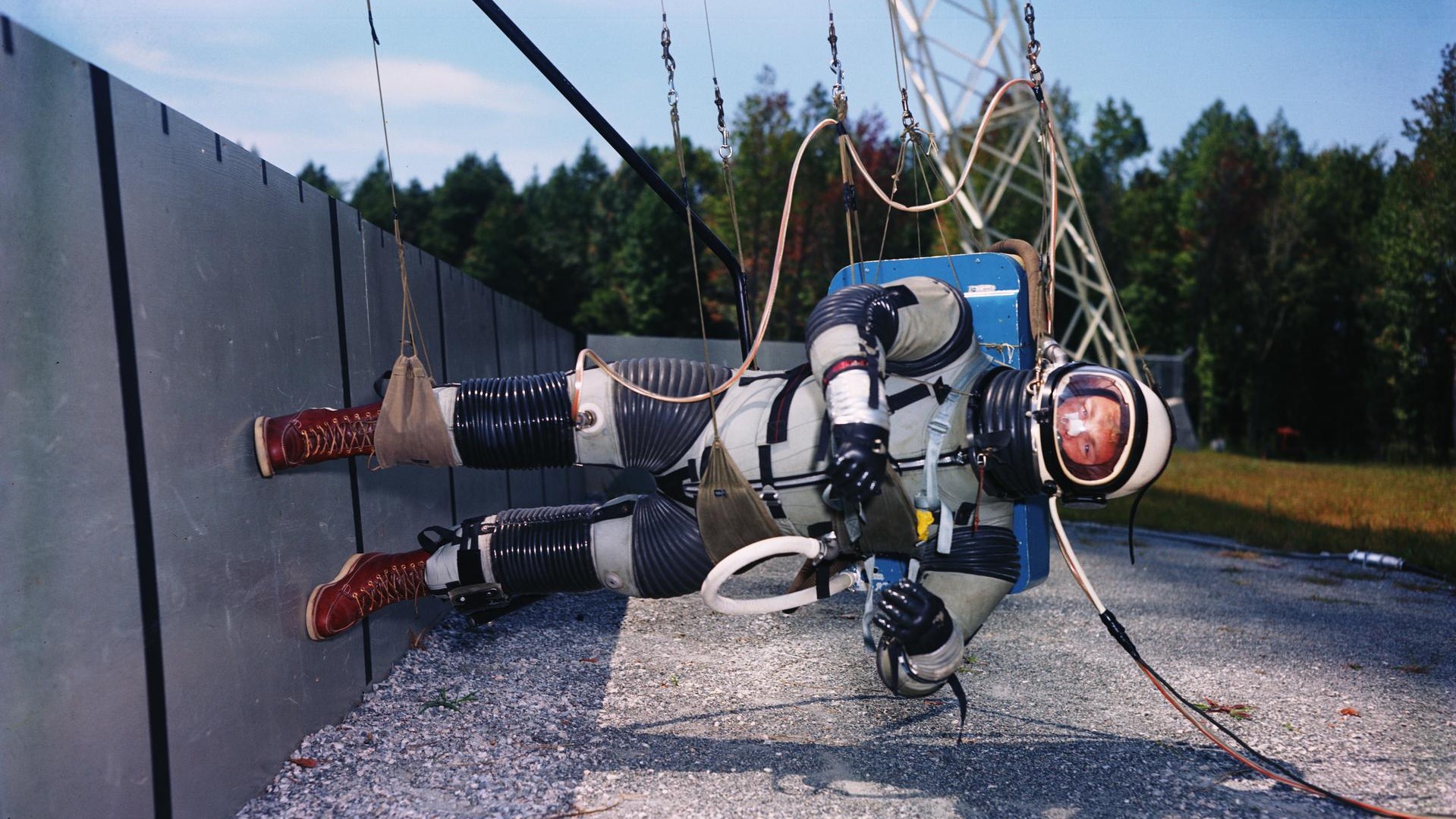
Actually, craft like the International Space Station is constantly under the influence of Earth's gravity — that's what keeps them in orbit. The weightlessness that the astronauts experience is because they are falling gradually toward Earth.
Gravity compels the ISS toward the ground, but the station is moving so quickly that it shoots over the horizon, falling around the curvature of the planet instead of coming back down to Earth. Essentially the astronauts inside are in a constant free-fall.
20. We would explode in space without a spacesuit
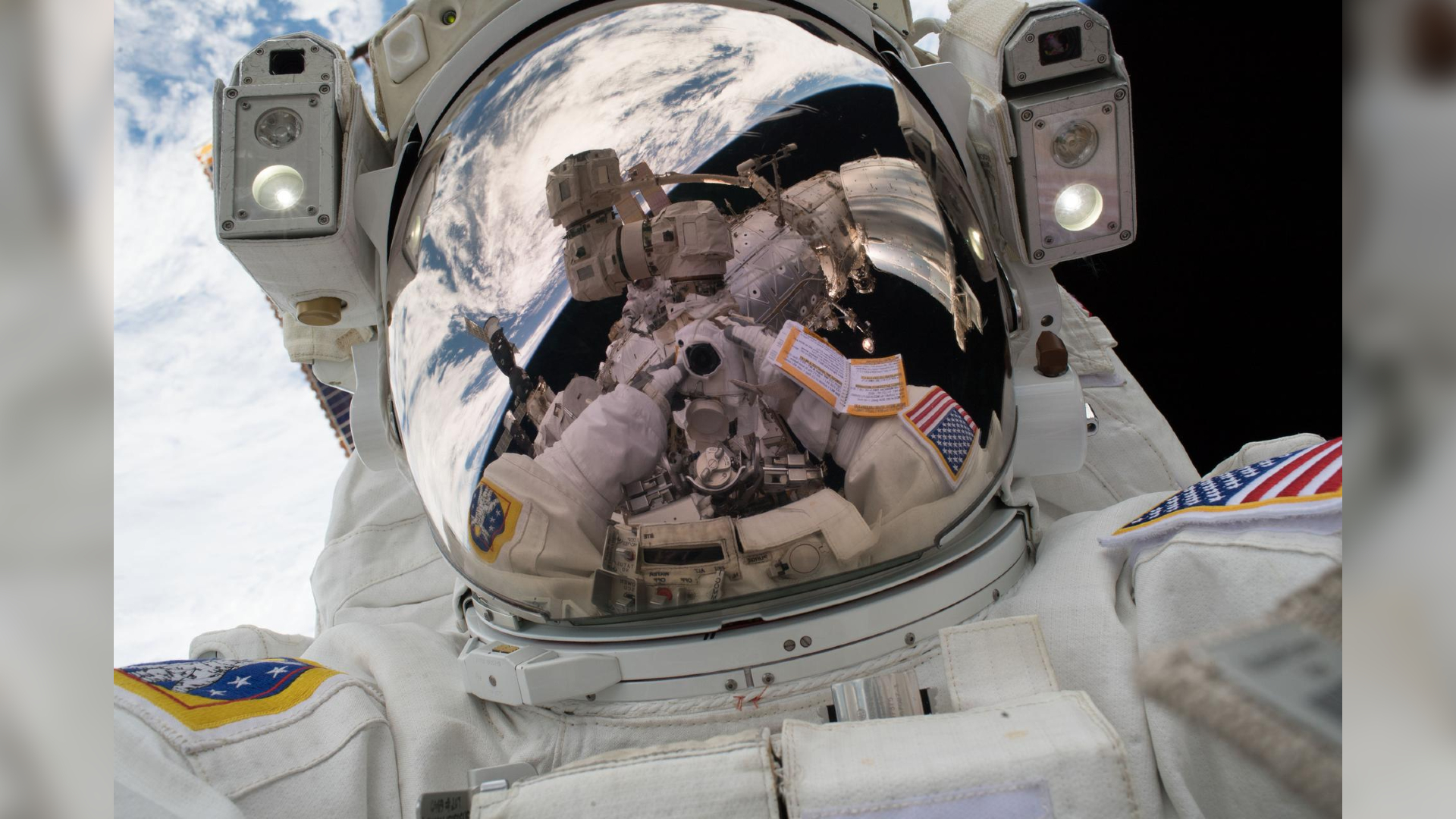
Our bodies are adapted to exist under the pressure of Earth's atmosphere and when this is removed, water in the tissues starts to evaporate and the body starts to swell.
Human skin is stretchy enough that this does not lead to an explosion, but after around ten seconds of exposure, people become unconscious. This happened to an unfortunate space suit technician during a NASA test in 1966 after some equipment failed, but thankfully the pressure was restored after just 30 seconds and the technician recovered.
Join our Space Forums to keep talking space on the latest missions, night sky and more! And if you have a news tip, correction or comment, let us know at: community@space.com.
Get the Space.com Newsletter
Breaking space news, the latest updates on rocket launches, skywatching events and more!
Laura Mears is a biologist who left the confines of the lab for the rigours of an office desk as a keen science writer and a full-time software engineer. Laura has previously written for the magazines How It Works and T3. Laura's main interests include science, technology and video games.
